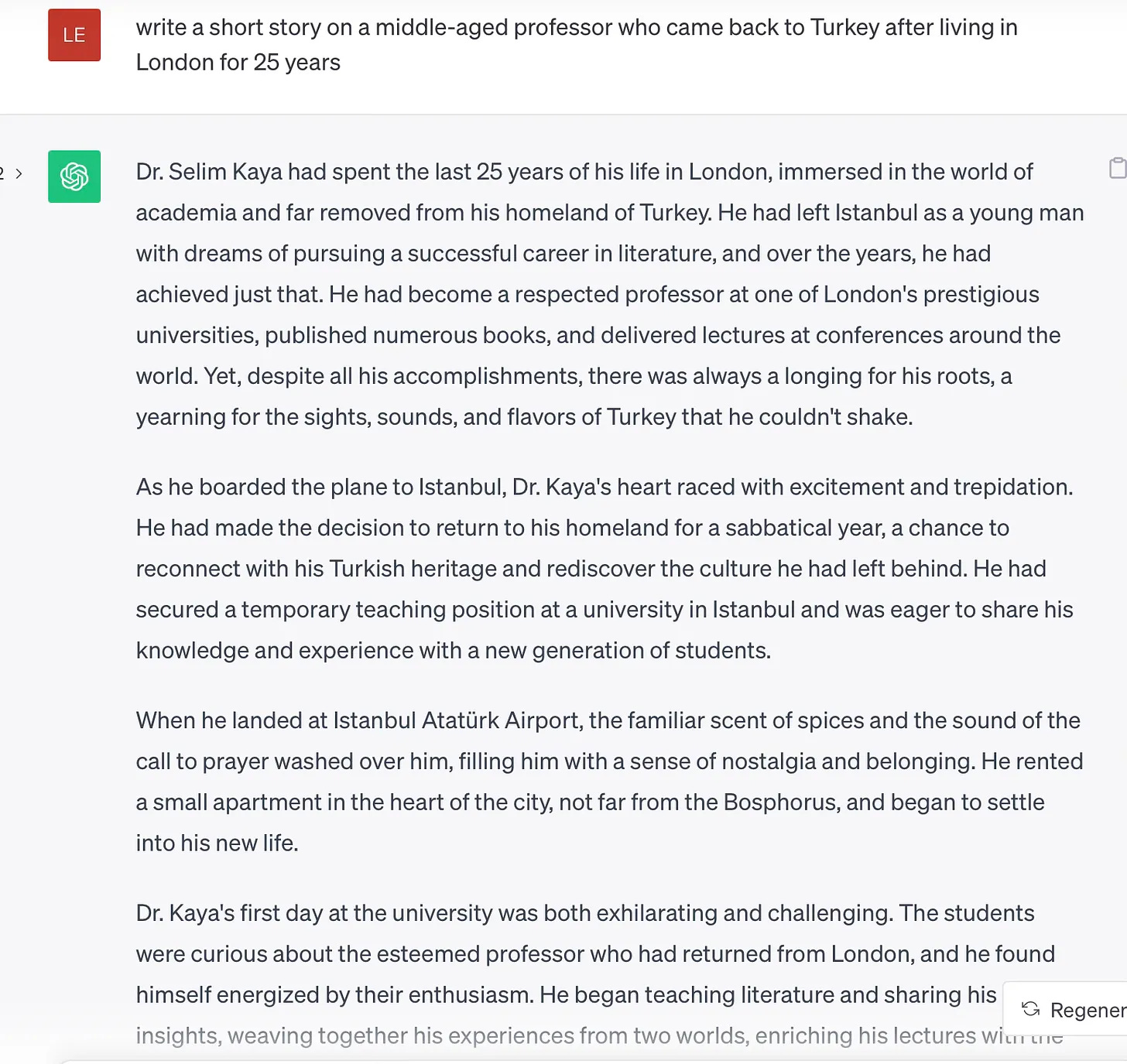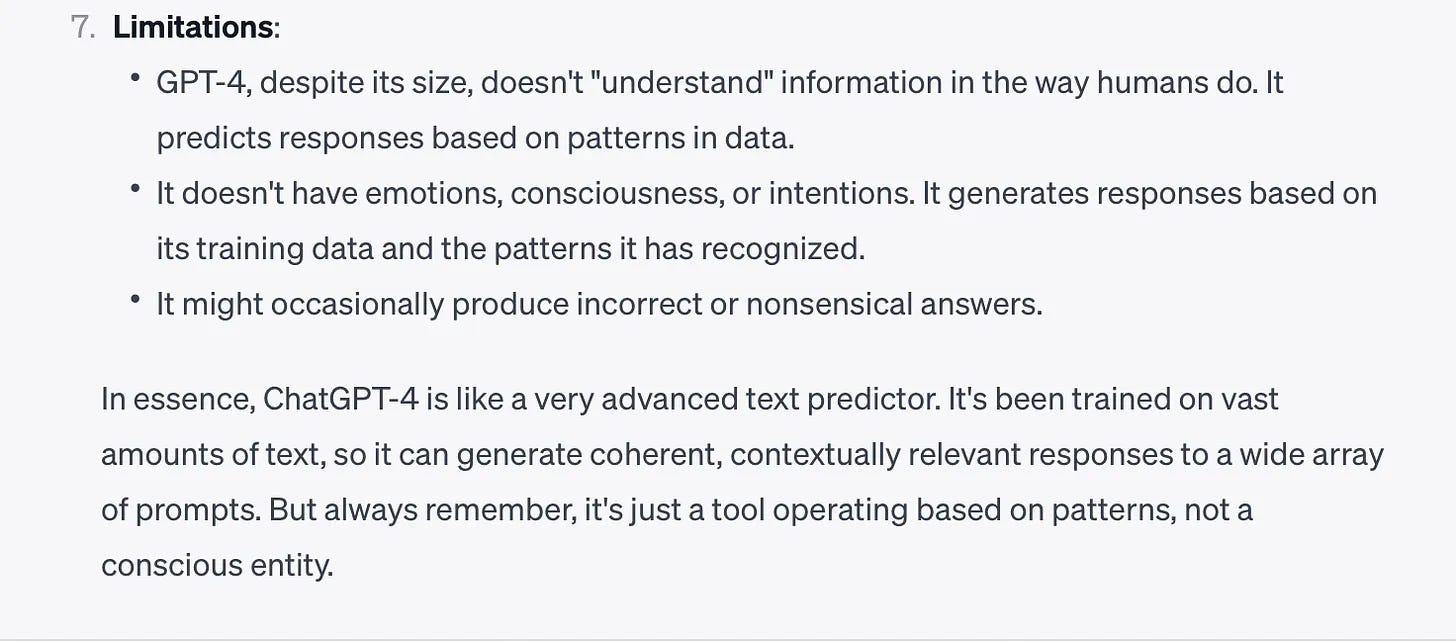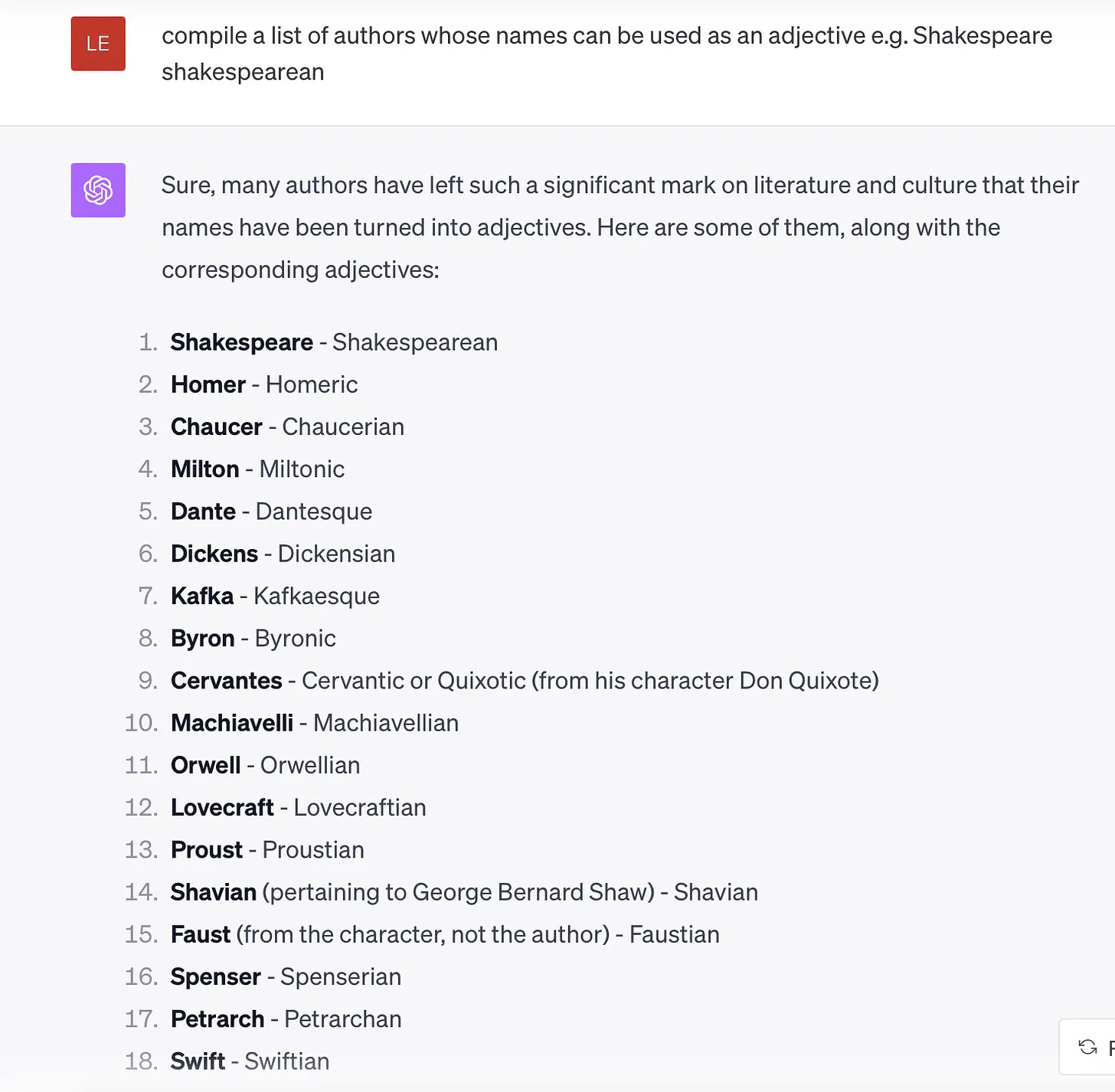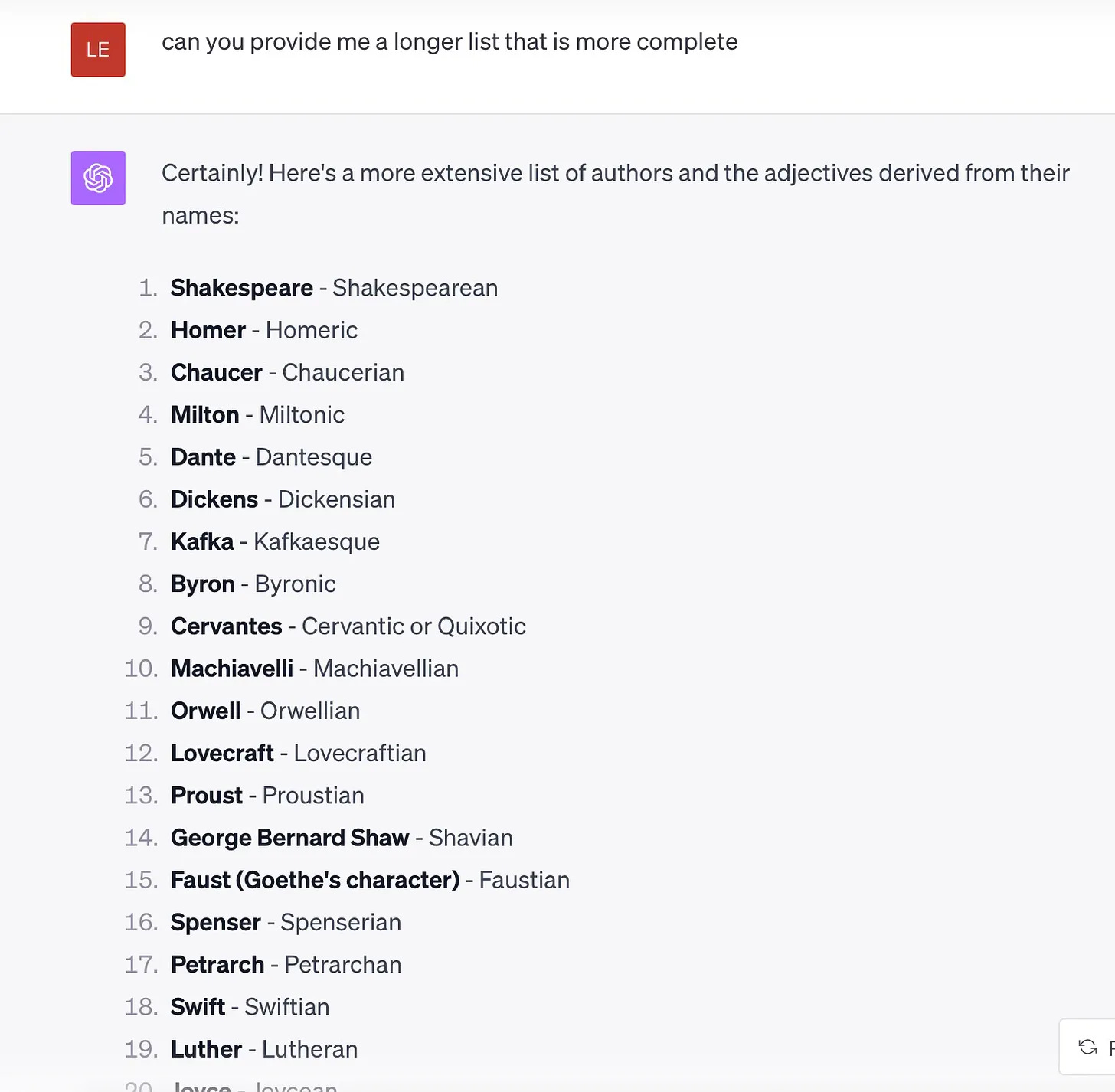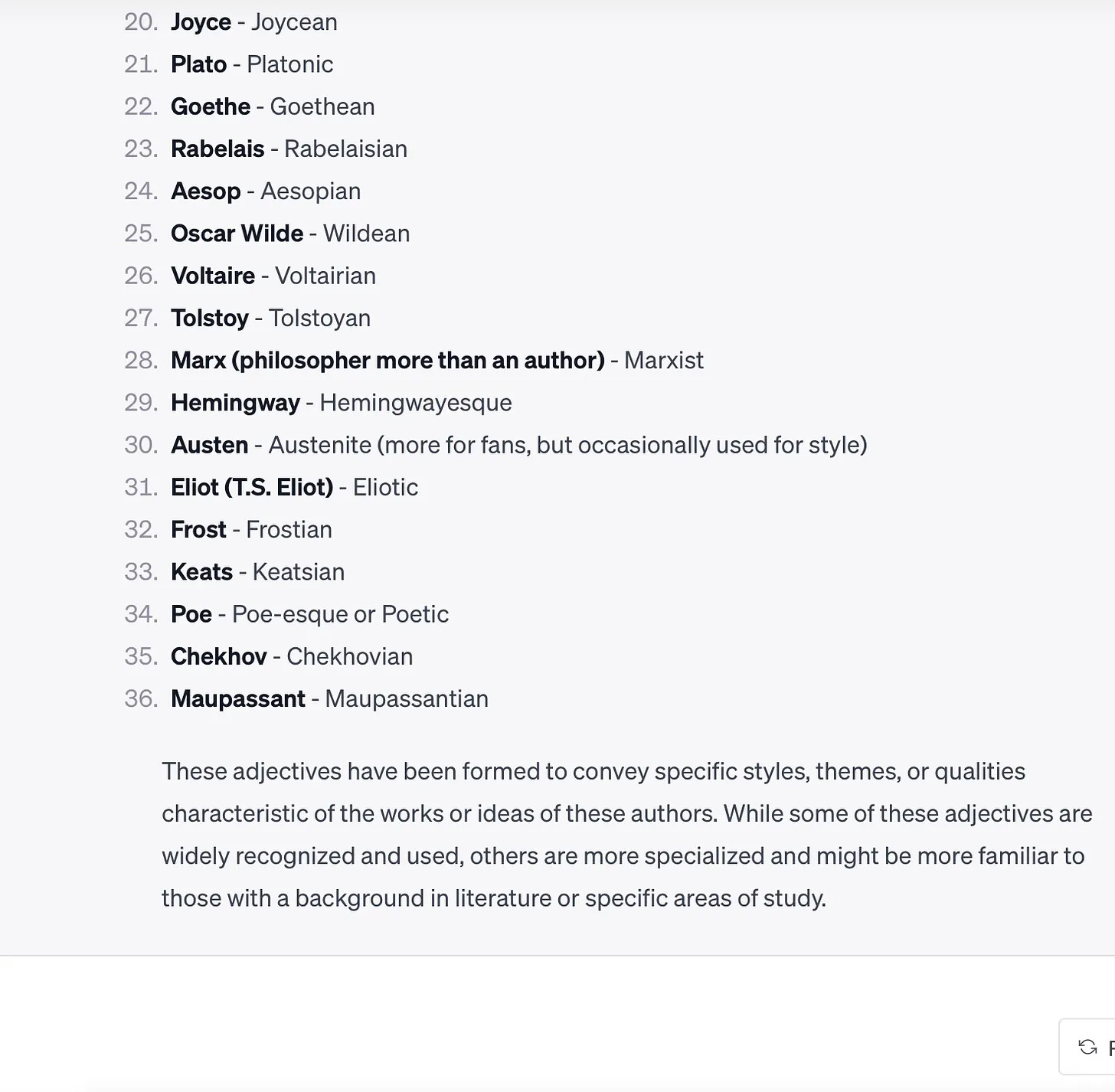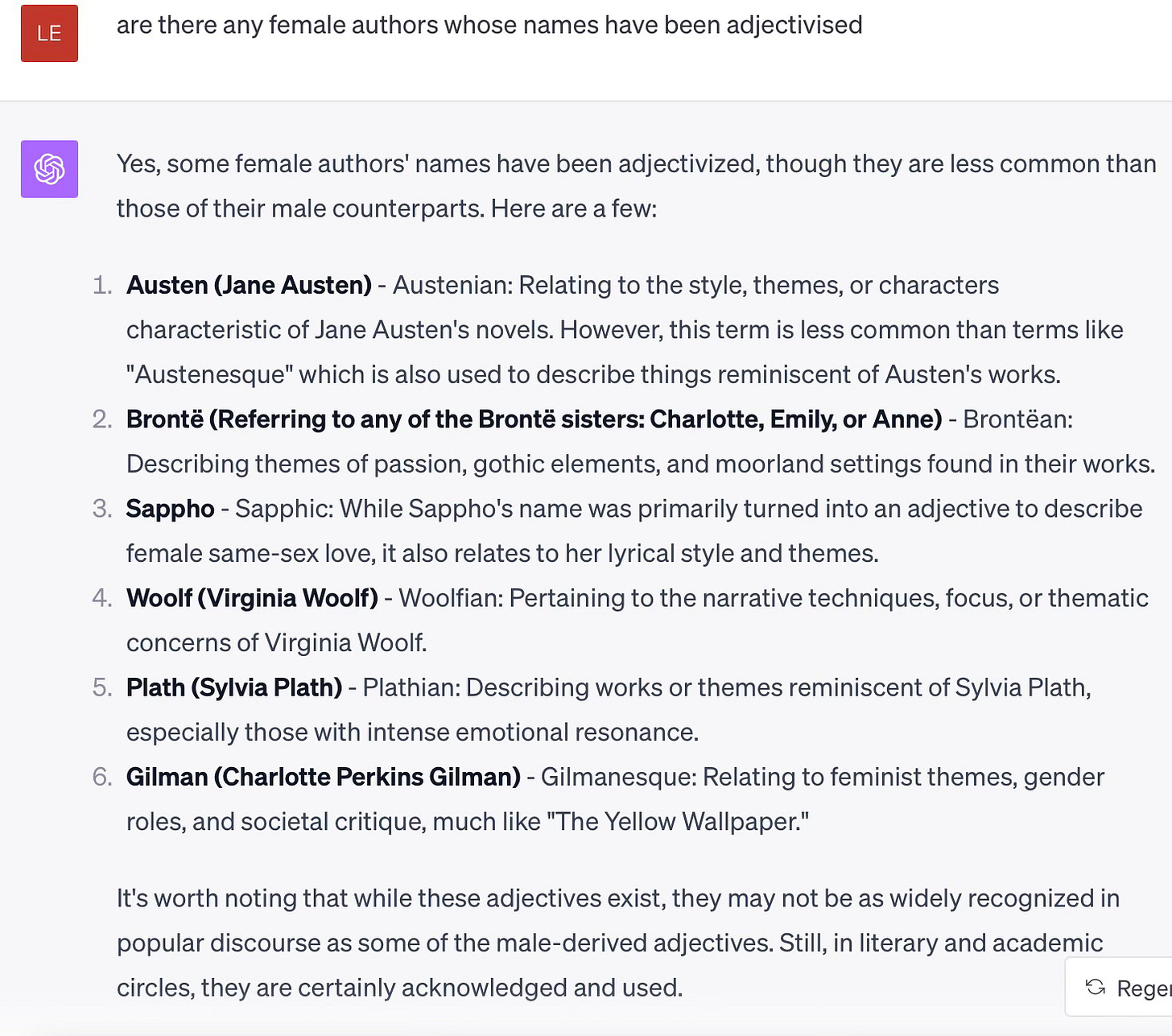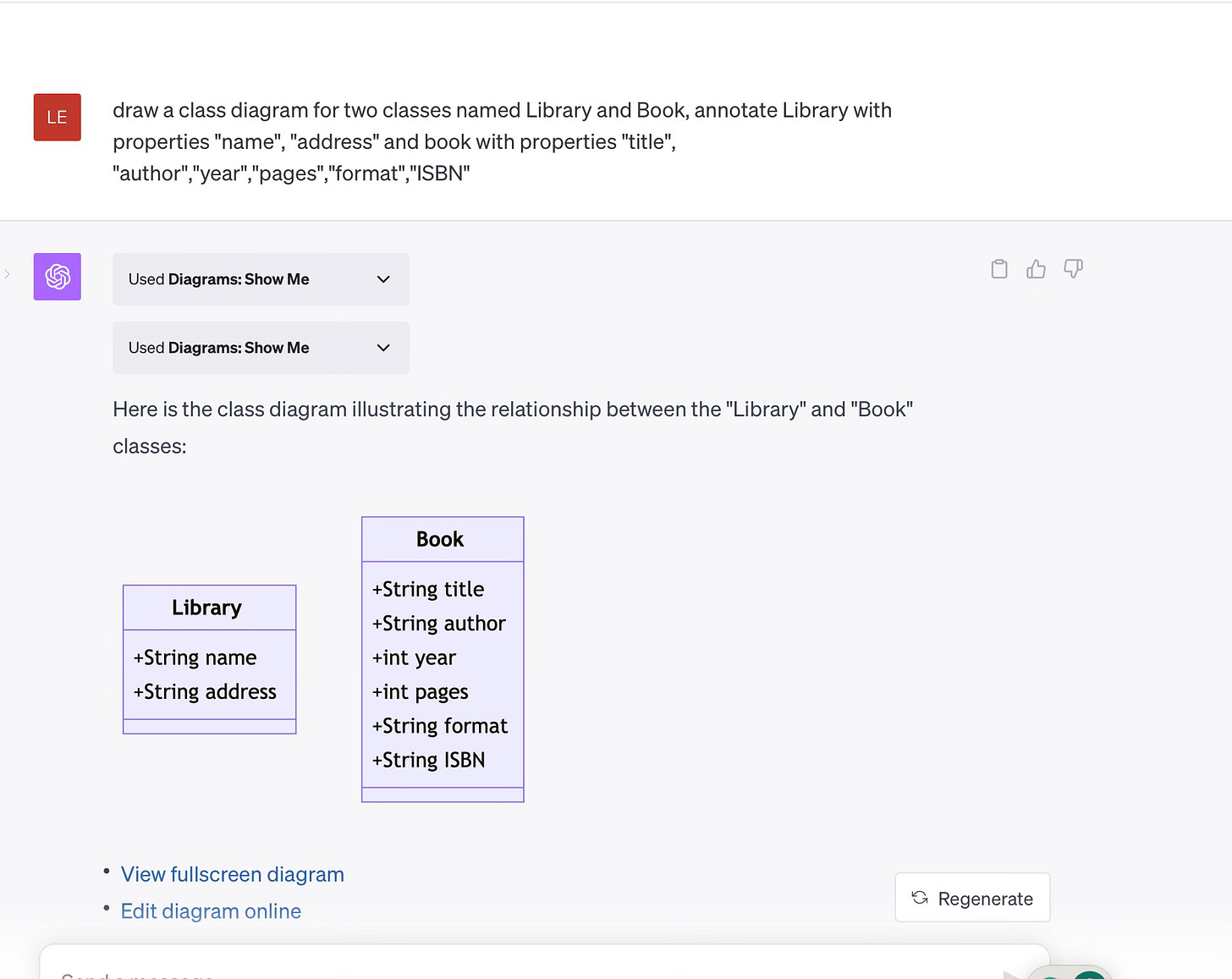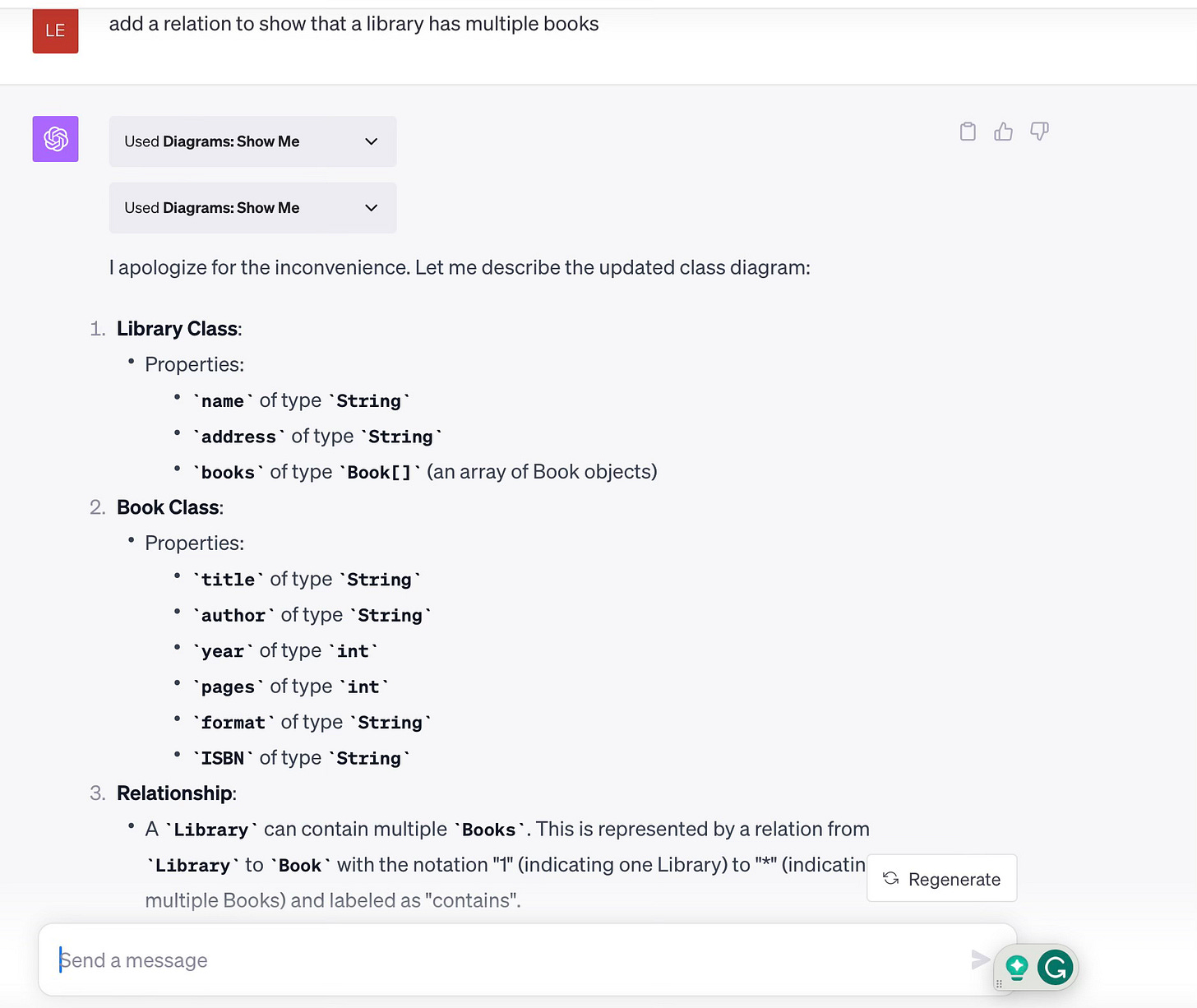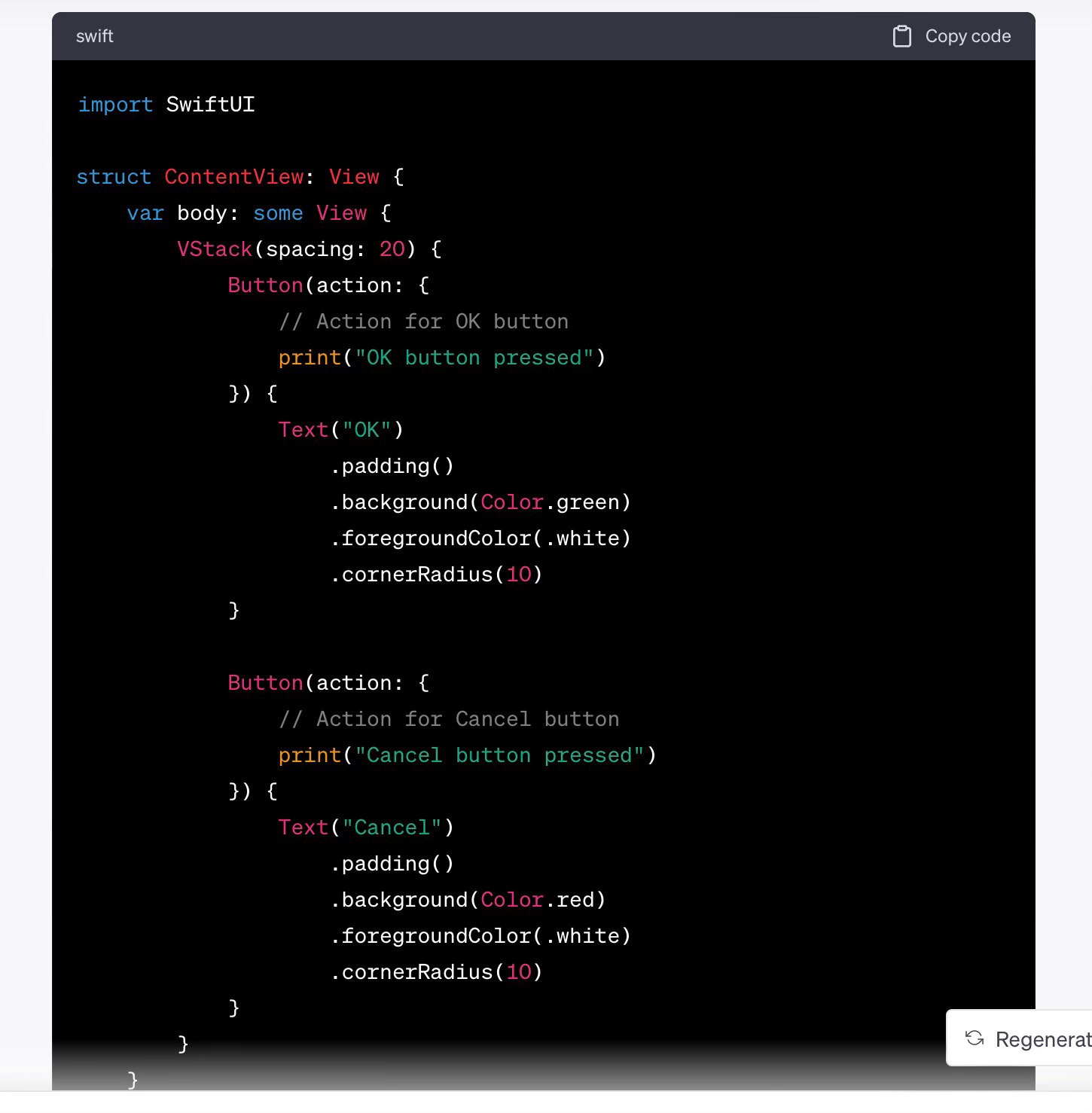Chat GPT
This is a generative AI tool by one of the behemoths of there AI industry, OpenAI. It works based on prompts from the user and requires the prompt to be quite detailed, to get the best results. It is based on the GPT model we covered in the first article of this series. The previous version ChatGPT 3.5 had about 175 billion parameters, whereas ChatGPT 4 is estimated to have trillions of parameters.
After the pre-training phase, ChatGPT was subjected to reinforcement learning from human feedback, thus it was subjected to typical use cases in common situations in order to be able to improve the dialogue quality. This was also very important in directing the responses away from the kind of racist and other defamatory input existing on the free internet sources they used for training. One drawback is that the training for GPT included data that ended in 2021, so it may be less current on events and information.
It has a free mode and a subscription mode, with the free mode providing access to GPT3.5 and the subscription mode providing access to GPT4 and the new DALL-E 3 (covered in a future article).
I tried Chat GPT-4 (just released in October 2023) to get a short story about an academician returning to Turkey after 25 years. The “story” sounds quite convincing, since it is an amalgamation of such texts coming from the vast data used to train ChatGPT, but does it add any value to the narrative? Debatable…
Since there are uncertainties about this new iteration of ChatGPT, I wanted to ask ChatGPT itself how it works. The response consisted of an explanation of the underlying technology, which was more or less accurate. It also mentioned “billions to trillions of parameters” which is exactly what is not known about ChatGPT-4. Clever… I like the last part of the response below.
I wanted to give ChatGPT a tougher task. Recently my compatriot and renowned author Elif Şafak posted a query on Substack, giving an example of prominent male authors whose names were frequently used as adjectives to describe a style or other feature and asking whether anyone knew of any female authors in the same situation. I put it in a prompt for ChatGPT. Check how ChatGPT resolved the prompt, understood the task and provided the - most likely - correct response with the required information embedded.
I had to insist on getting the exact information about female authors, but I also noted the way ChatGPT actually kept the context within the limits of the current chat session.
ChatGPT extensions (plug-ins)
ChatGPT allows the user to activate plugins that are developed by other developers using the ChatGPT API. Some of these plugins are free and some have paid versions. I have noticed that only three of these plugins can be active at a given time but you can install as many as you want and switch between them as required. These could be really useful for very specific tasks and I tried a few of them. The Expedia plug-in got a simple description of what I wanted and first offered hotel selections/prices for my request.
It looks like this could produce a reasonable plan with more dialogue. I did not try what happens when I give much more detail from the beginning
The Diagrams plugin failed miserably when I tried to use it to draw Railroad diagrams demonstrating syntax. It fared better with class diagrams when I described the classes and their properties.
There was a limit to what it could do on a diagram but it could describe what to do textually.
I also tried my hand with CoderPad, an extension which is promoted as perfect for preparing interview questions on coding. I described a sample SwitfUI task for it to code.
Simple task, but quick response which returns a reasonable SwiftUI code snippet. I will certainly try this further, but my concern is that it will not have any framework updates after 2021.
(to be continued…)


